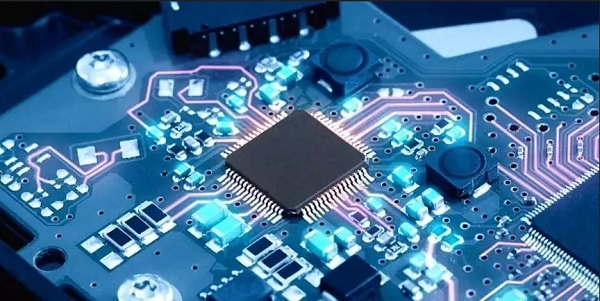India’s Semiconductor Mission

What is the new scheme about?
- The Union Cabinet has approved the comprehensive program for development of sustainable semiconductor and display ecosystem in the country- a ₹76,000 crore scheme for aiding the semiconductor and display manufacturing industry in India.
- This announcement takes the total government incentives for the electronics sector to ₹2.30 lakh crore.
- The scheme envisages fiscal support of up to 50% of project cost for establishing fabrication units.
- The central government is to work with the states to establish high-tech clusters with necessary infrastructure like land and water (semi-conductor grade).
- An ‘India Semiconductor Mission’ is to be set up as a specialized and independent entity led by industry experts. It is to function as the nodal agency for implementing the scheme.
- A ‘Chips to Start-ups’ Program is to help train 85,000 engineers. Semiconductor designers would be encouraged to launch start-ups and the government is to bear 50% of the costs under the design linked incentive scheme.
Why is it significant?
- Semiconductors are the basic components that serve as the heart and brain of modern electronic products and ICT products. They play an integral role in automobiles, essential medical devices (like ECG machines) and household gadgets like refrigerators.
- The pandemic has underlined how the disruption in supply of semiconductors leaves the manufacturing sector vulnerable. By extension, the semiconductor supply shortage affected the national economies.
- The pandemic has driven a large part of daily life and other essential economic activities to the digital arena. In other areas, activities have at least become more digitally enabled. This further highlights the centrality of these chips (in computers and smartphones) to everyday life.
- Currently, the bulk of chip manufacturing and supply capabilities are concentrated in few countries. Across the world, countries are realizing the national interest in treating semiconductor manufacturing as an imperative.
- In the current geopolitical scenario, having trusted sources of chips and displays has acquired strategic importance. It has become vital for securing critical information infrastructure.
- The program seeks to make India an electronics manufacturing hub.
- Electronics manufacturing has increased in size over the last 7 years to a size of 75 billion USD industry. It is expected to touch 300 billion USD in the next 6 years.
- The scheme is expected to attract ₹1.67 lakh crore investment. It would lead to ₹9.50 lakh crore worth of production.
- It would lead to 35,000 high-quality direct jobs and some 1 lakh indirect jobs. This is a way to leverage India’s demographic dividend.
- The program will trigger innovation in the field and will also boost domestic capacities, leading to lowered dependence on imports.
What are the challenges?
- The fiscal support envisaged by the program is minuscule compared to the investment actually required for establishing manufacturing capacities in the semiconductor industries’ myriad sub-sectors.
- The setting up of even a small scale fabrication facility costs many billions of dollars. When factoring in the introduction of the more recent technological developments, the costs shoot up even more.
- Even if the PLI scheme gives a fiscal support of 50% of the cost of establishing at least 2 greenfield fabrication units, not much of the current scheme’s outlay would be left out for other aspects like display fabrication units, testing facilities, packaging facilities, chip design centers, etc.
- Fabrication units consume enormous quantities of clean water and require very stable power supply.
What is the way ahead?
- The scheme for supporting semiconductor and display manufacturing ecosystem is a welcome step, though belated, in acknowledging the strategic importance of chips in the modern economy.
- The decision to simultaneously set up the India Semiconductor Mission that too led by global industry experts, is a step in the right direction.
- For the scheme to succeed, for now, it is best if it also focuses fiscal support for other aspects of the ecosystem such as chip design. In such aspects, India already has significant talent and experience– waiting to be tapped.
Conclusion:
The scheme for semiconductors is a welcome move considering the pandemic-driven move towards increased digitalization and the recent disruptions caused by semi-conductor shortage. This scheme is vital for achieving digital sovereignty.
Referred Sources
If you like this post, please share your feedback in the comments section below so that we will upload more posts like this.


